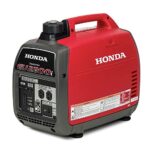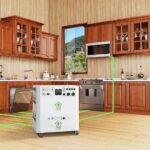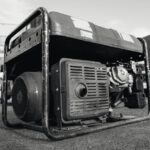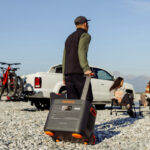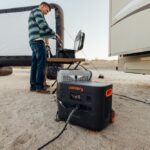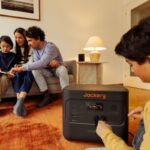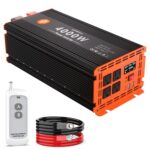No, you should never plug a generator into a wall socket. This practice, known as backfeeding, is dangerous and illegal.
It can cause serious harm to you, your home, and utility workers. Generators are lifesavers during power outages, providing a temporary source of electricity. But using them safely is crucial. Connecting a generator directly to your home’s electrical system through a wall socket might seem convenient.
Yet, it poses significant risks. It can damage your electrical system, start a fire, or even cause electrocution. This article will explore why backfeeding is hazardous. We’ll also discuss safe alternatives to power your home during an outage. Ensuring you and your home remain safe is our top priority. Read on to understand the correct and safe methods for using a generator.
Safety Concerns
Plugging a generator into a wall socket is very dangerous. This action can cause fires and damage electrical systems. Always use proper transfer switches for safety.
Electrical Hazards
Plugging a generator into a wall socket is very dangerous. Electricity can backfeed into the main power lines. This can harm utility workers. It can also damage your home’s wiring. Generators produce high voltage. This can cause severe shocks or even electrocution. Always use a transfer switch to connect a generator. This keeps everyone safe and ensures proper power flow.
Fire Risks
Using a generator incorrectly can start a fire. Overloading circuits can cause wires to overheat. Faulty connections can spark and ignite nearby materials. Generators produce fumes that are flammable. Keep the generator outside, far from windows and doors. Never use it indoors. Always follow the manufacturer’s instructions to avoid fire hazards.
Legal Implications
Plugging a generator into a wall socket can lead to serious legal issues. It violates electrical codes and poses significant safety risks. Always consult a professional to avoid potential fines and hazards.
Building Codes
Building codes are rules for safety. They stop dangerous setups. Plugging a generator into a wall socket is against these codes. It can harm people. It can damage your home. Always follow the rules. It keeps everyone safe.
Insurance Issues
Insurance might not cover damages. Plugging a generator into a wall socket can void your policy. This means you pay for damages. Check your insurance plan. Follow safe practices. It protects your home and money.
Generator Types
Portable generators are small and easy to move. They are perfect for camping or small jobs. These generators can power lights, fans, and small appliances. Always use them outside to avoid carbon monoxide. Never use them inside your home or garage. These generators need gas to run. They are less expensive than standby generators.
Standby generators are large and stay in one place. They connect directly to your home’s electrical system. These generators turn on automatically during a power outage. No need to start them by hand. They use natural gas or propane. Standby generators can power your entire home. They are more expensive but very reliable.
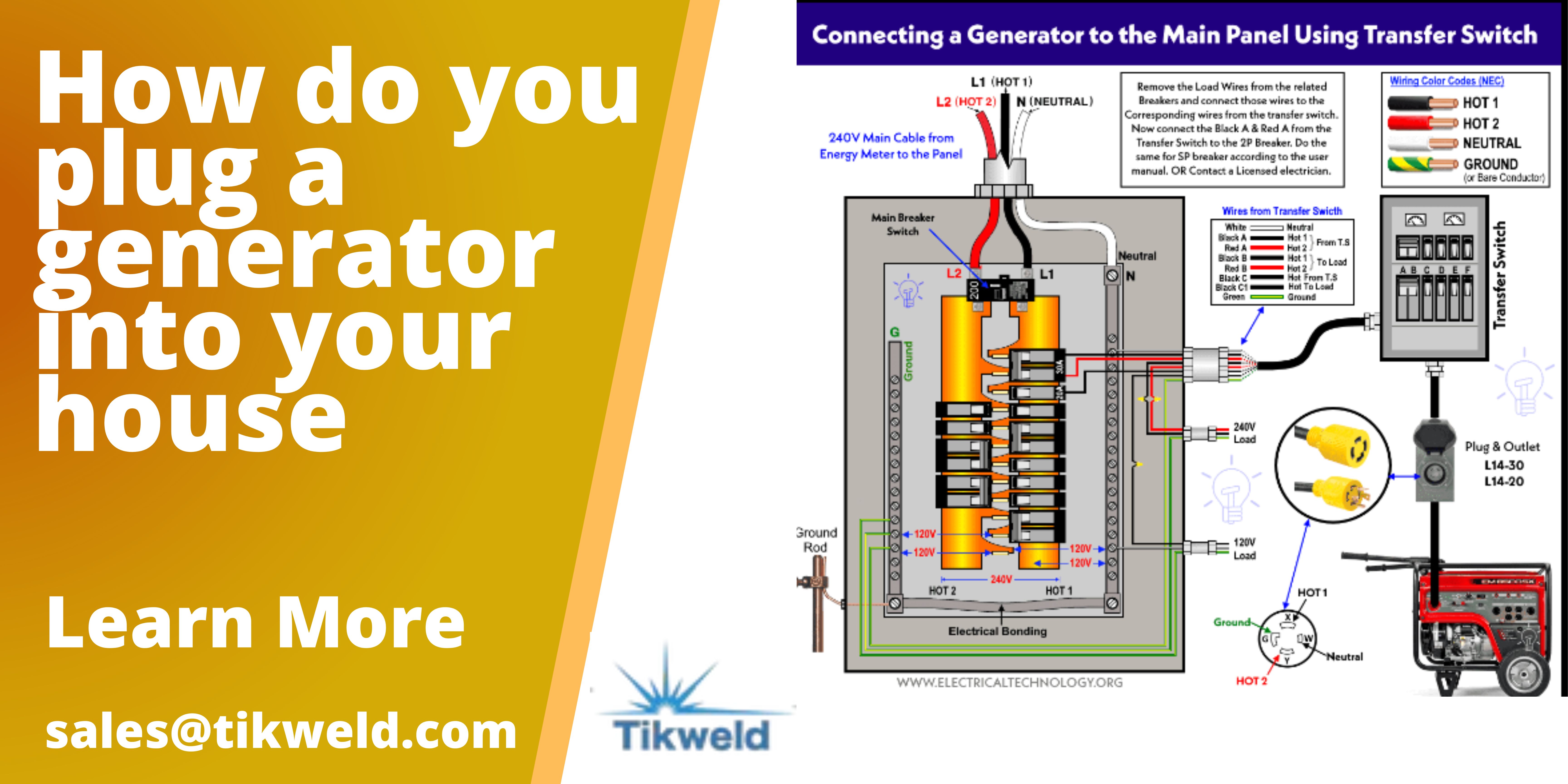
Credit: tikweld.com
Proper Connection Methods
A transfer switch is very important. It connects a generator to a home. It ensures safety. Power flows in one direction. This prevents back-feed. Back-feed is dangerous. Electric workers can get hurt. Homes can get damaged. A transfer switch is easy to use. It switches power sources quickly. No need to unplug devices. This keeps the power going. Keeps everyone safe.
An interlock kit is another option. It is cheaper than a transfer switch. It also ensures safety. It prevents back-feed too. An interlock kit connects to the breaker panel. It locks the main breaker. This allows the generator breaker to work. It is easy to install. Many people can do it themselves. It is a good choice for many homes.
Potential Damage
Plugging a generator into a wall socket can cause severe damage. It risks electrical fires and can harm your home’s wiring. Always use the proper transfer switch for safety.
Appliance Damage
Plugging a generator into a wall socket can cause serious damage. Appliances may get damaged due to power surges. This can burn out circuits in your devices. Some appliances might even catch fire. It is best to avoid this risk entirely. Always use the proper connections.
Wiring Issues
House wiring can suffer severe damage. Backfeeding power into your home can overload the system. This can cause short circuits or even electrical fires. Electrical systems are not designed for this. Professional help is required to ensure safety. Never take risks with electricity.
Alternative Solutions
Plugging a generator into a wall socket is not safe. This can damage your home’s wiring and cause electrical hazards. Consider alternative solutions for backup power.
Extension Cords
Using an extension cord is one solution. Choose a heavy-duty cord. Make sure it is rated for the generator’s power. The cord should be long enough to reach your devices. Keep the cord away from water. Never overload the cord. Too many devices can be dangerous. Plug your devices directly into the cord. This keeps things safe and simple.
Dedicated Outlets
Another option is a dedicated outlet. This outlet is for the generator only. It is installed by an electrician. The outlet is safer than a wall socket. It prevents power surges. The generator’s power goes directly to the outlet. There is no need for extension cords. A dedicated outlet is a reliable solution. It keeps your home and devices safe.
Expert Recommendations
Electricians strongly advise against plugging a generator into a wall socket. This practice is called backfeeding and it is very dangerous. It can cause electrical fires and electric shock. It can also damage your home’s wiring.
Generator manufacturers provide specific instructions for safe use. Always follow these guidelines. They often suggest using a transfer switch. This device safely connects your generator to your home. It prevents backfeeding and protects your appliances. It also keeps utility workers safe.

Credit: www.ecicomfort.com
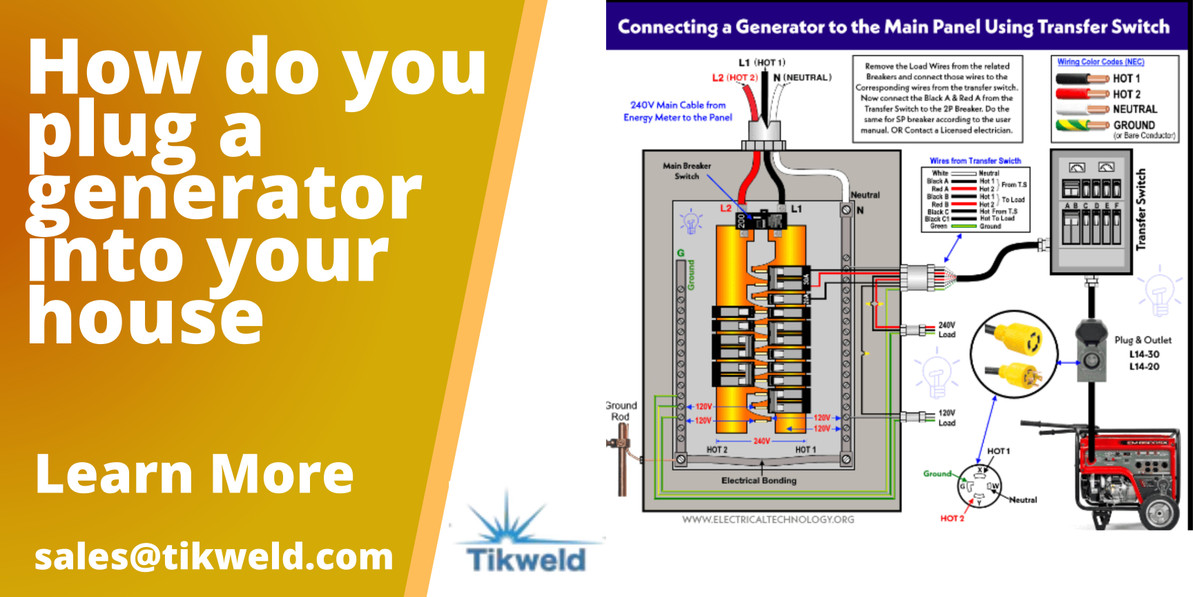
Credit: tikweld.com
Frequently Asked Questions
Can You Plug A Generator Into A Wall Socket?
No, you should never plug a generator directly into a wall socket. This can cause serious hazards like electrical fires, damage to your home’s wiring, and backfeeding, which can harm utility workers.
What Is Backfeeding With A Generator?
Backfeeding occurs when electricity flows back into the power grid from your generator. This can be extremely dangerous for utility workers and can damage electrical equipment.
How Do You Safely Connect A Generator?
To safely connect a generator, use a transfer switch. This device isolates the generator from the utility grid, preventing backfeeding and ensuring safe operation.
Why Is A Transfer Switch Necessary?
A transfer switch is necessary to prevent backfeeding and ensure the safe operation of your generator. It isolates your home’s electrical system from the utility grid.
Conclusion
Plugging a generator into a wall socket is dangerous. It can cause fires. It may damage your home’s electrical system. Always use a transfer switch for safety. Consult a professional electrician for proper installation. Safety first to protect your home and family.
Learn more about safe generator use. Avoid costly mistakes and ensure peace of mind. Proper setup prevents hazards and ensures reliable power during outages.


